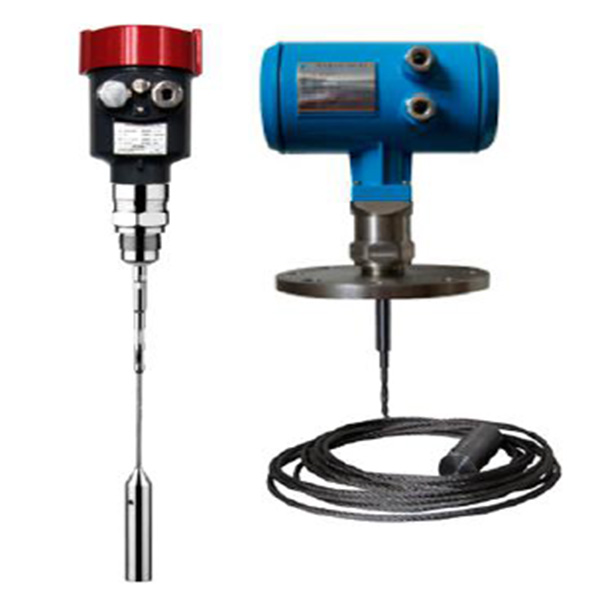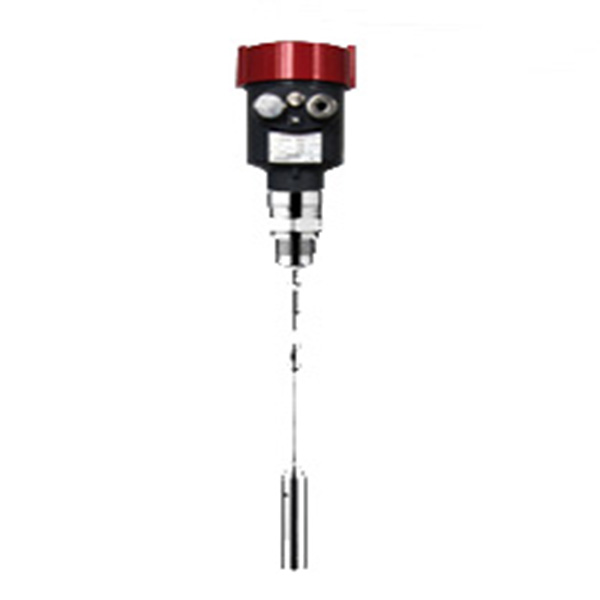A granular solid is a collection of particles, such as snow, sand, rice, or coal. While the form of granular solids is easy to explain, their behavior is complex and different from liquids and gases. Accurate measurement of the amount of solids in a tank or silo is important for product management and for the control and transfer of storage.
Sensor type
As with liquid level measurement, solid level measurement equipment is also divided into two categories: non-contact and contact. Within these categories, equipment can be further subdivided into point level and continuous level monitoring. This article describes the principles behind these devices and some of their applications.
Solid level measurement is not as clean as liquid level measurement. The weight characteristics of the liquid, which can be converted into the weight of the liquid level using the static pressure device; Solids can vary considerably within the same batch. The liquid is also self-leveling and provides a uniform surface for the measuring device without mixing or other interference. This is one of the challenges of solid level measurement.

Solids generally only provide an uneven surface to the measuring device and are unevenly loaded or settled in the container in which they are stored. Finding horizontal surfaces to reflect signals can be challenging for solid materials.
Non-contact devices for solids measurement are the same as non-contact devices for liquid level measurement, with ultrasonic, radar and laser being the most common devices. Ultrasonic devices have the advantage of being low cost, and we know their behavior patterns very well. Unfortunately, this can sometimes lead to misuse, which can lead to inconsistent results. The same goes for radar equipment.
Solids are generally difficult to settle to a uniform and level surface. More commonly, solids are transferred to a tank or silo via a conveyor, which dumps the solids into a position so that they form a cone determined by the "Angle of rest" of the solids. When the Angle is exceeded, there is mass settling or shedding. If the non-contact device is monitoring the top of the cone, this shedding will cause a sudden change in the material level. Often, the equipment is positioned near the delivery area, making it difficult to measure the true material level, and any shedding will again cause a sudden change in the material level.
The difficulty of solid measurement
The problem is the reflection of the tilted surface. Ultrasonic, guided wave radar (GWR) and laser devices rely on the reflection of signals from the surface of the material being measured. The liquid surface is uniform and provides a good reflective surface for the signal to "reflect". Solids vary in consistency, granularity and, of course, Angle of repose. The Angle of rest is the Angle at which solids naturally settle when transported at a uniform flow rate. Each solid has a unique Angle of repose. This can be used in the application of measuring material sites.
A non-contact measuring device sensor can be installed at the Angle of the rest Angle to determine when the solid cone has reached the control point, such as a level alarm. Continuous material level measurement is not easy. The lack of a uniform surface prevents coherent reflections from returning to the transmitter, and the varying particle size creates a scattering effect, both of which lead to unreliability of the signal. Lasers are more reliable devices for measuring material sites and are more accurate in determining the presence of solids at control points.

If mounting on the device container is impractical, the laser can be mounted on the "shoulder" of the device. For example, in applications where trucks are loaded with silt, it is impractical to install level monitoring devices on trucks due to material handling and conveying equipment.
Dust, solid expansion and uneven load in containers can all affect non-contact equipment. Remember, dust can burn. Coal dust and grain silo explosions often occur before safety procedures are implemented. This feature must be considered when designing the system. In addition to fuel, oxygen, and the ignition required for fuel combustion, dust needs to be dispersed and confined in a closed container before it can become combustible. Dispersion may interfere with the operation of non-contact type material level equipment.
Appropriate equipment housings should be designed in the system to provide appropriate protection. Solid expansion occurs when the solid "clumps" and separates from the rest of the filler inside the silo to become a separate object, such as the solid that accumulates on one side of the silo. This may result in no contact with the level or no contact with the material. Common remedies are to "fluidize" the solid with vibration or the use of air to ensure uniform distribution. Uneven loading can occur for a number of reasons. In some cases, the experience of system designers and operators, coupled with mechanical agitation, can help alleviate this problem.
The contact measuring device for this application is unique to solid measurement. These devices rely on direct contact or weight with the material. Solids vary in size, density, water content and weight. These features can be used to detect or infer material levels. The common point level detection device is a vibrating reed or "tuning fork" type sensor. Another common method of measurement is to use a weight and cable system. The device is mechanical and contains a slide-line sensor that follows the mechanical mechanism down to the ground. Strain gauges are used to retrofit existing containers or silos to indicate solid loads within the container.
From: Engineering Control Network
 沪公网安备31011502401909
沪公网安备31011502401909